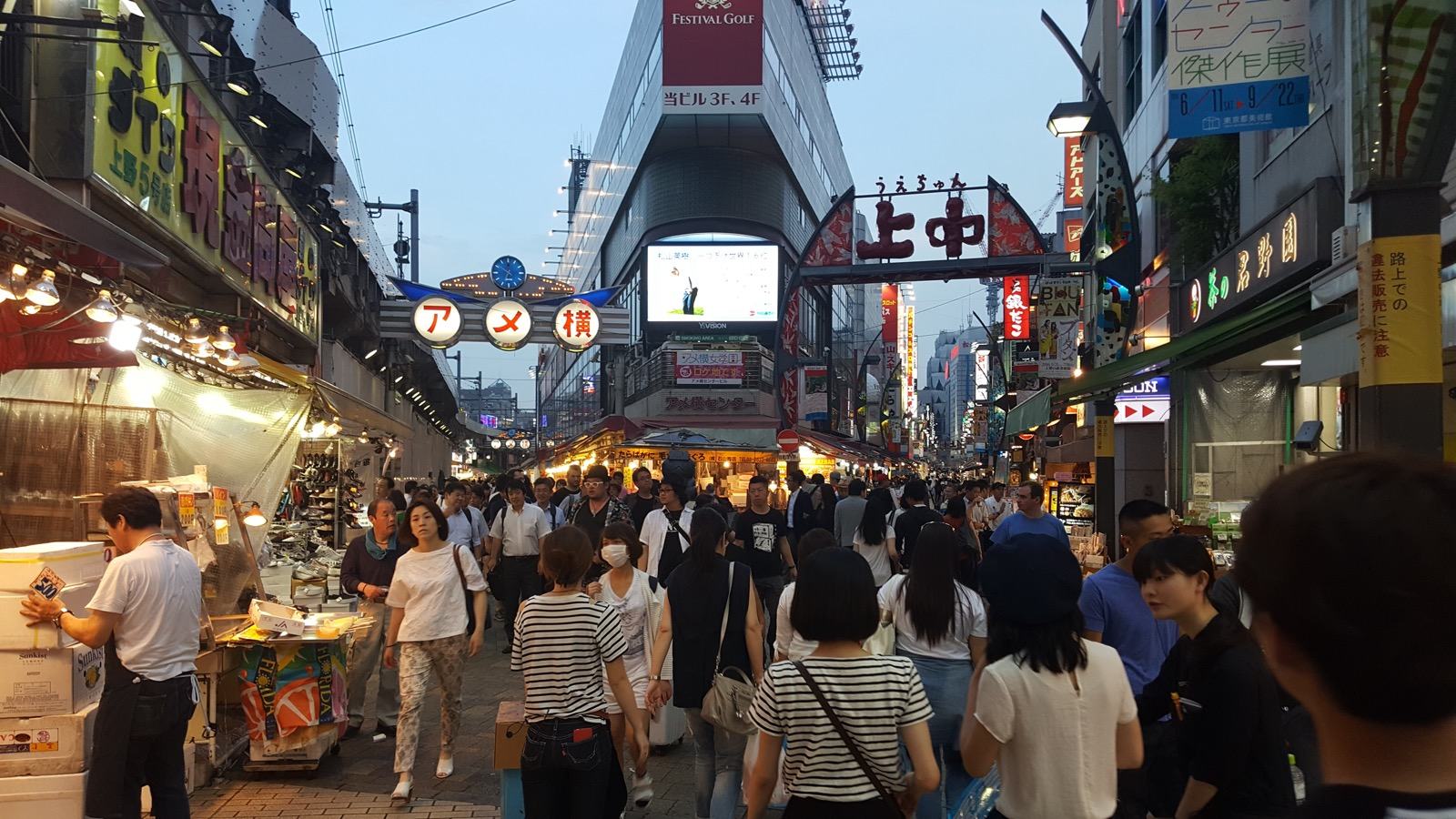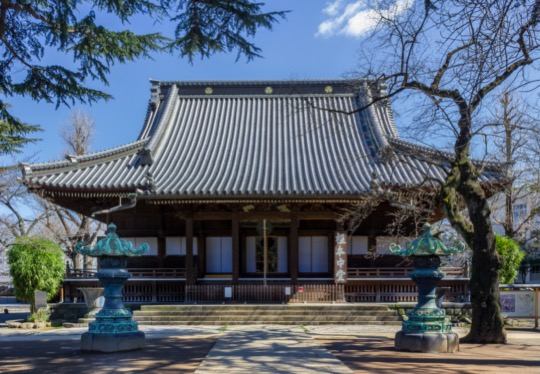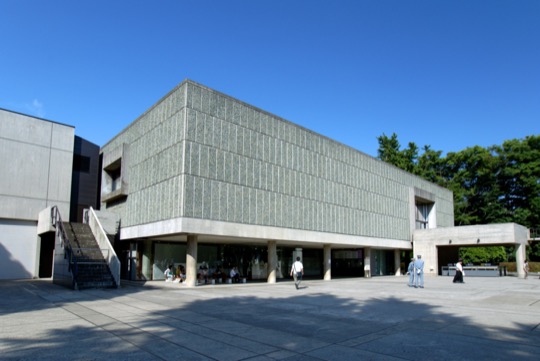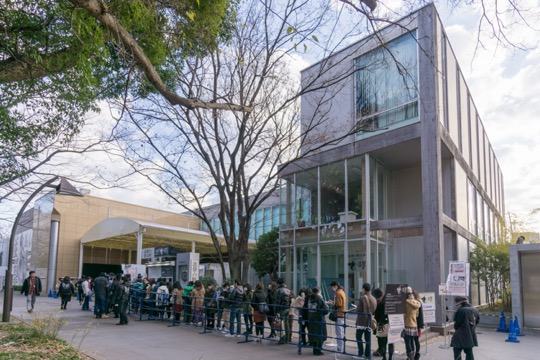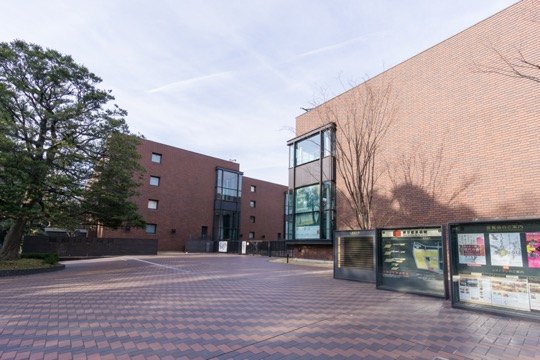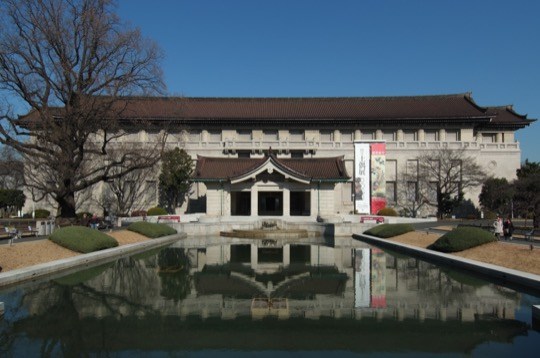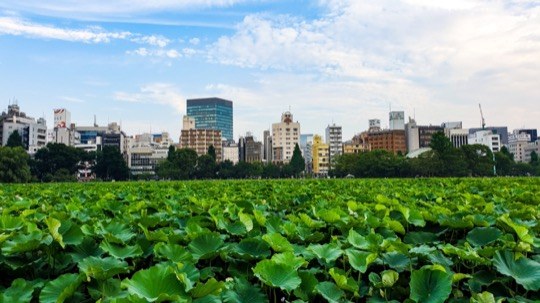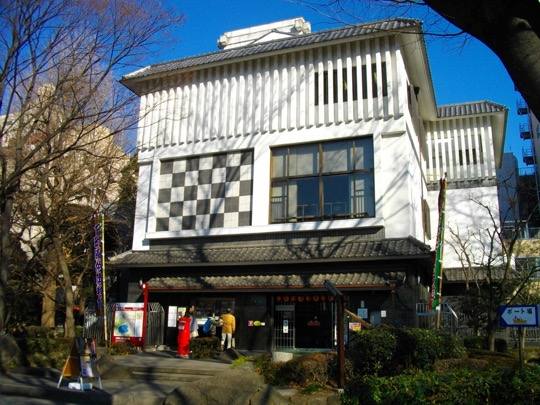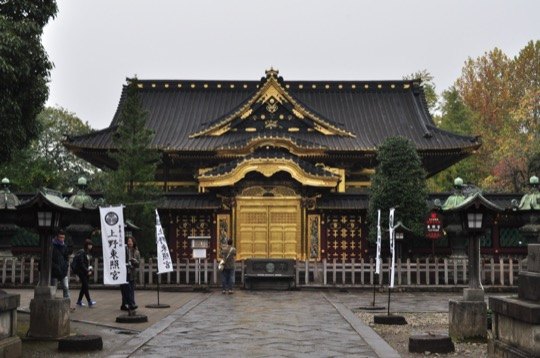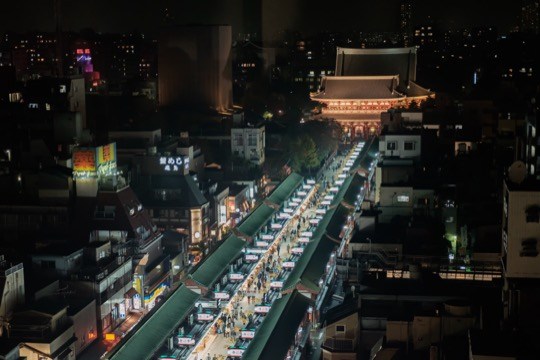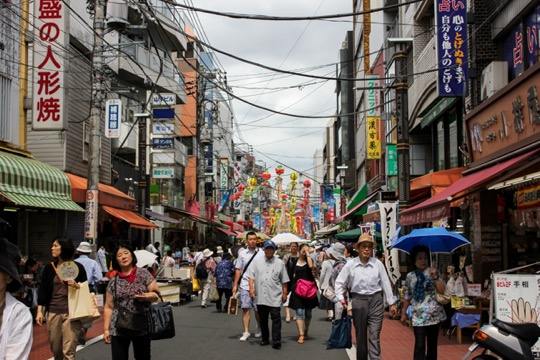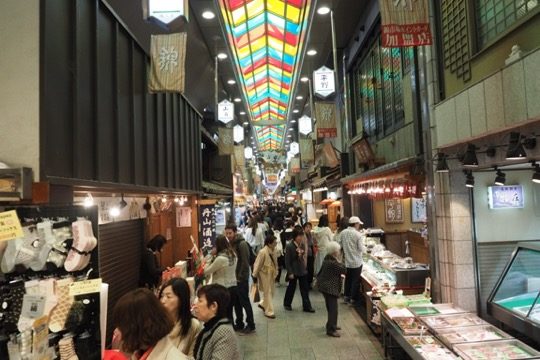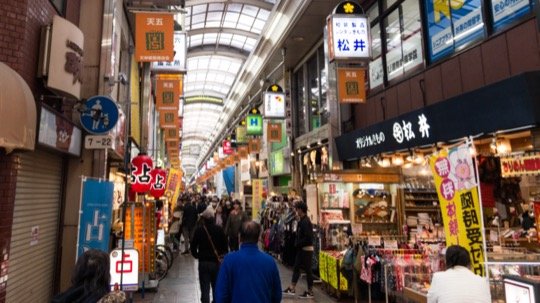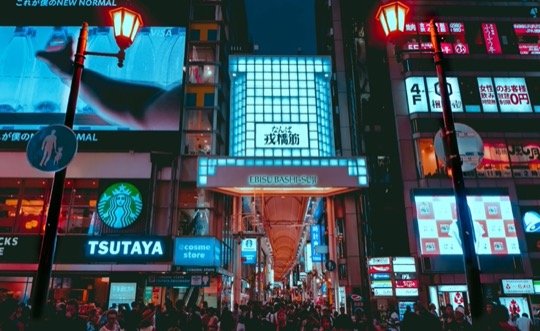Ameya-Yokocho Shopping Streets
A historic Tokyo market street that mirrors Japan’s vibrant post-war transformation.
On This Page
Ameya-Yokocho, commonly known as Ameyoko, is a symbol of Tokyo’s resilience, transitioning from post-war scarcity to a thriving marketplace. Located in the Taito district, this open-air market runs between Ueno and Okachimachi stations, offering a mix of history, culture, and commerce. Initially a black market for American goods and candy after World War II, Ameyoko has grown into a busy center with over 400 shops selling everything from fresh seafood to the latest fashion.
The market’s name, Ameya-Yokocho, comes with dual theories. It might refer to the candy shops (ameya) prevalent during the sugar shortages following World War II or to the American military goods that were available, thus “America Alley.” Ameyoko has a rich history, developing from the ruins of the war into a vibrant commercial area. Its location near Ueno Station, an important hub for goods from northern Japan, contributed to its rise as merchants and returning soldiers established businesses to meet visitors’ demands.
Ameyoko offers a cultural experience as well as shopping. Visitors can experience the lively atmosphere similar to its early days while browsing through a vast selection of goods. The market’s diversity is enhanced by international business owners who contribute to its multicultural character, offering a variety of products that blend traditional Japanese items with international merchandise.
The street is known for its bustling activity during the year-end, when crowds come for New Year’s shopping. During this period, non-food retailers often switch to selling food items, showing the market’s adaptability. Ameyoko serves retail customers, in contrast to the wholesale-oriented former Tsukiji Market, and some shops are open to price negotiation.
Ameyoko’s cultural significance was highlighted in the 2013 NHK Morning Drama “Amachan,” which featured the Ameyoko Center Building. Nearby is the historic Tokudaiji Temple, adding to the area’s cultural value. Ameyoko continues to draw many international visitors, in part due to its accessibility from Narita International Airport via Keisei Ueno Station. With its lively atmosphere, diverse offerings, and historical backdrop, Ameyoko embodies Tokyo’s enduring spirit and entrepreneurial drive.
Official Links
Getting There the easiest way to reach Ameya-Yokocho Shopping Streets
Around Ameya-Yokocho Shopping Streets
Nearby in Tokyo the best attractions close to Ameya-Yokocho Shopping Streets
National Museum of Western Art
A testament to the interaction between Japanese and Western art through the Matsukata Collection
Tokyo Metropolitan Art Museum
A nexus for modern and contemporary art in Tokyo’s cultural heartland
Tokyo National Museum
Japan’s Premier Institution for Historical and Cultural Preservation
